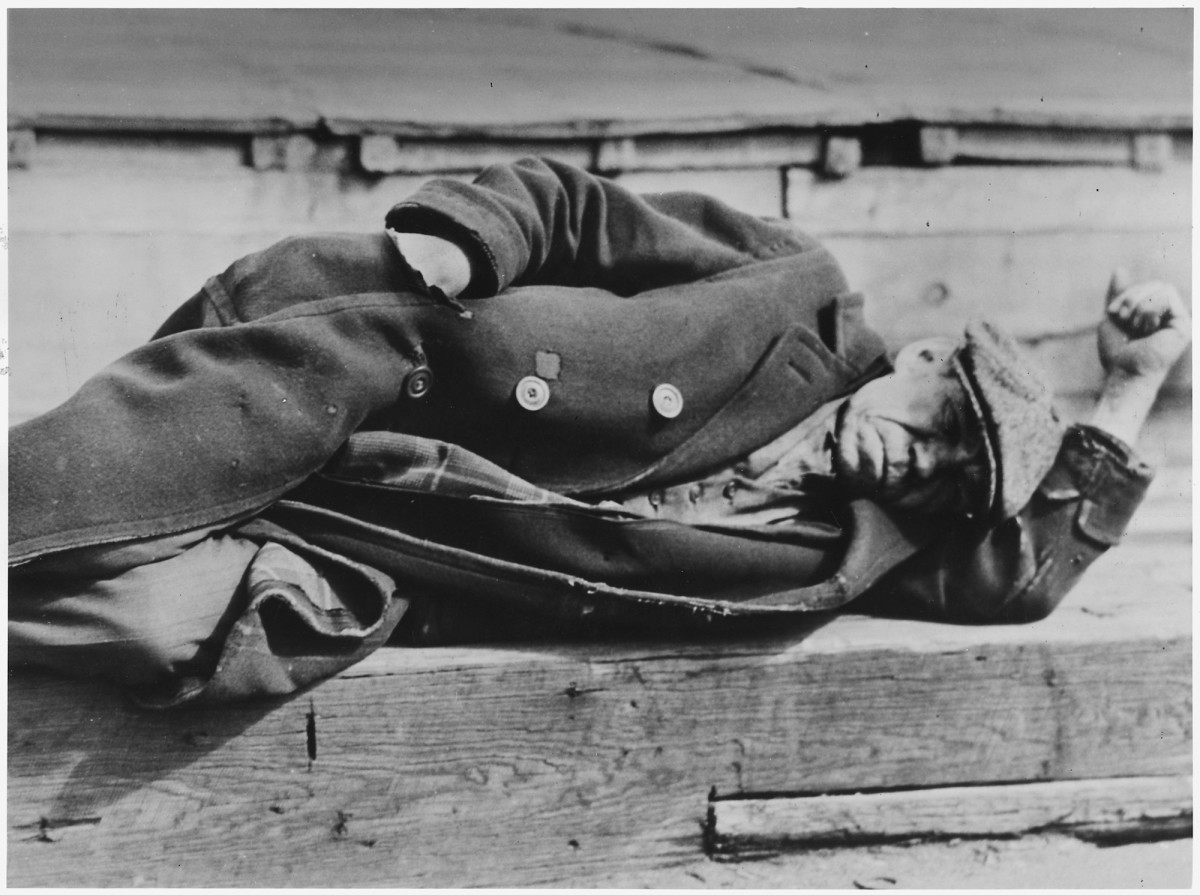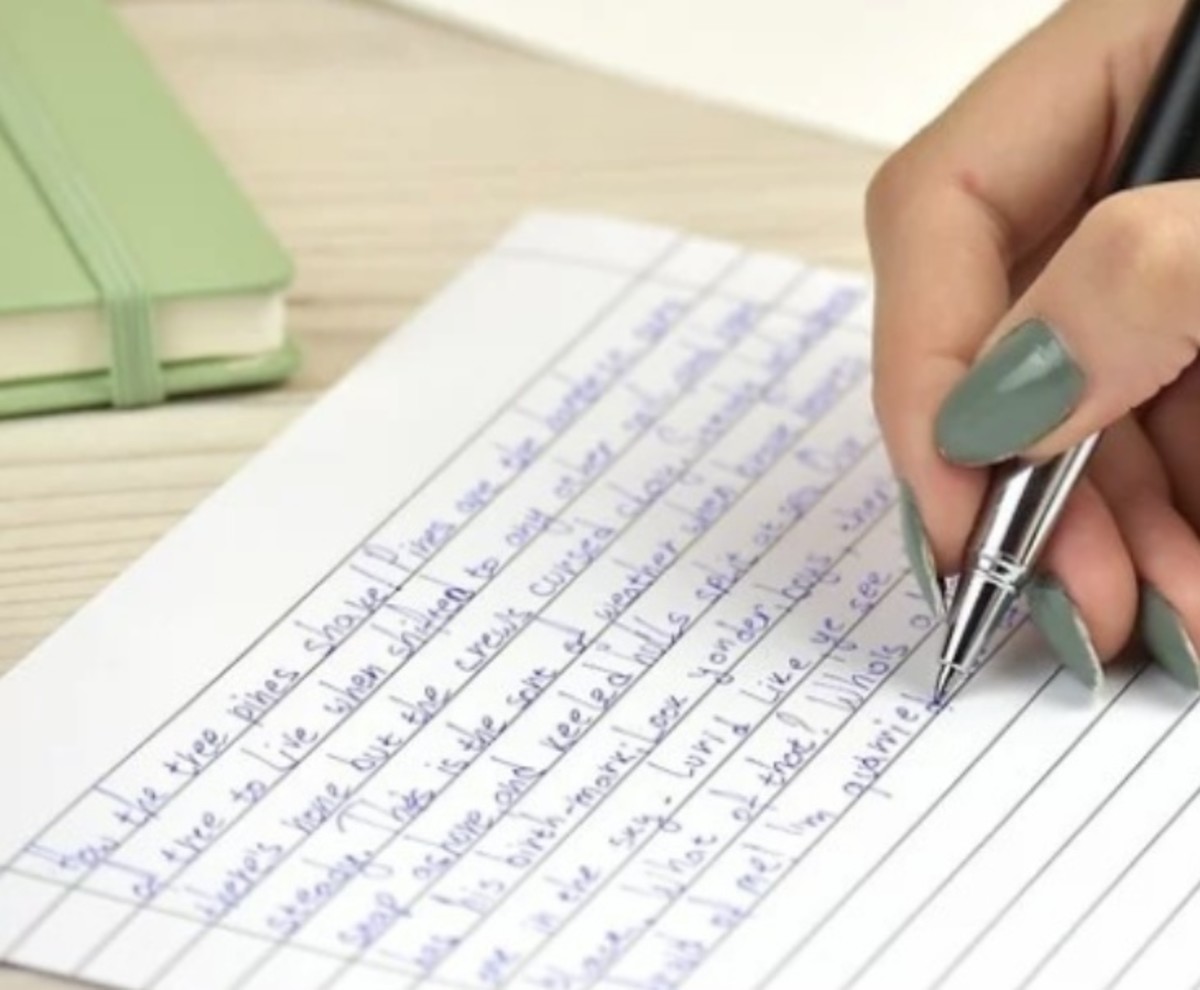Exam Tips: How to Write a Formal Letter For an English Language Test

Many English language exams such as Cambridge First Certificate or Proficiency, Michigan Competency or Proficiency, EdExcel/Pearson, IELTS, and others call for the writing of a formal letter in their essay sections, though the details of the questions vary from exam to exam. The Cambridge exam, for example, calls for a "transactional letter" – that is, information is given in the form of a portion of a letter or an advertisement, and brief notes either surround it or are listed which must be added to the answer. In the English exam from the University of Michigan a formal letter usually takes the form of a letter to an editor in which the writer must give an opinion on a topic. In the EdExcel/Pearson exam an essay or article in the reading section along with specific bullet points are used as a guide. But no matter what form the question takes, a formal letter has a certain uniformity, and as long as you follow a few basic guidelines you can write a good one.
Layout
First of all, the layout must be considered. A formal letter should be written in blocked paragraphs, without indentation, and spaces should delineate one paragraph from another. In a real formal letter the sender's address and the date go in the upper right, and the address of the receiver under these on the left side, but for exams normally these are not required, and the examinee starts with the greeting.
Greeting
The greeting in a formal letter depends on whether the name of the person to whom it is addressed is given. If the name is given, then the greeting should read Mr. (for a man or boy of any age), Mrs. (for a married woman or widow), Miss (for a girl who is not yet an adult), or Ms. (for an adult woman or a woman whose status is unsure) – and the last name only. If the name is not given, the safest greeting would be Dear Sir/Madam.
Introduction
After the greeting you leave a space and then start the first paragraph, which is the introduction. In the introduction, in formal language, you say why you are writing but do not provide details. For example: "I am writing with regard to your article..." or "I am writing to give my opinion on..." The introduction can be short, often even just one sentence.
Main Part
After the introduction is the main part, and the subject matter and number of paragraphs is determined by the question. Of course a careful study of the question and an idea of the paragraph outline, either on paper or at least in your mind, is imperative before you begin writing. If there are several topics to write about, group related topics together.
Conclusion
Then, in the conclusion, you briefly sum up what you have already said, and use some sort of set phrase to close. For example: "I hope my opinion will be taken into consideration." or "Thanking you for your time and attention."
Signature Ending
Finally, after another space, you write the signature ending: "Yours faithfully" or "Yours sincerely" – followed by your signature. If your signature is a scrawl, not easily readable, you should print your name underneath it. In any case, you should use your full first and last name.
Pass the Test
If you follow these simple guidelines, your formal letter will look good, have good organization, and say what it needs to say. If it has the advantage of all these assets, when the examiner marks it he or she is more likely to overlook minor spelling or grammar mistakes and award you a good grade.








